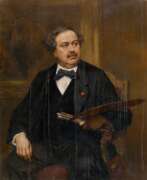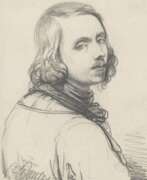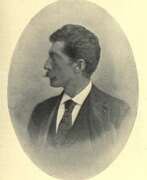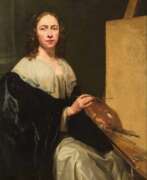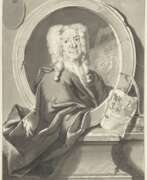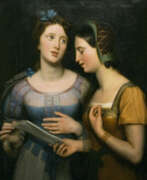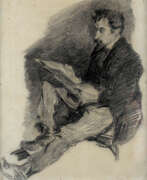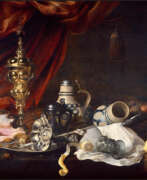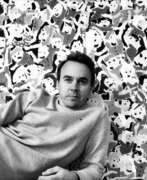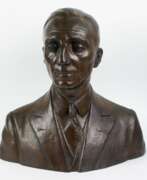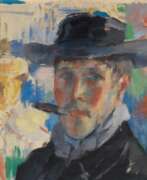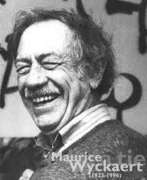Belgium
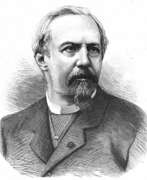

Arthur Warocqué was a Belgian industrialist, philanthropist, politician and artist.
He was the managing director of the coal mining companies Charbonnages de Mariemont and Bascoup, a member of the Belgian House of Representatives, and a collector.
Warocqué also had a passion for painting, studying under the Belgian illustrator Paul Lauters (1806-1876). While traveling through Scandinavia as a young man, Warocqué captured views of Sweden, Norway, and Lapland, from which he published a series of prints.
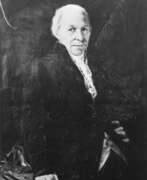

Carl Friedrich Wendelstadt was a German history and portrait painter, etcher, lithographer, glass painter, inspector and drawing teacher. Before 1809, Wendelstadt took drawing and painting lessons in Frankfurt a. M. and went to Paris from 1809 to 1813. There he was a student in the studio of Jacques-Louis David and at the École des beaux-arts. From 1813 he was a private drawing teacher in Frankfurt am Main. Around 1815 he was in charge of the art collection of the lawyer Johann Georg Grambs and from 1817 to 1840 he was inspector at the Städel Art Institute. From 1820 he taught drawing at the Städel Art Institute. In 1823 he traveled to Dresden and Munich. In 1828 he published the lithograph series "Outlines after old Italian and old German paintings owned by C. F. Wendelstadt".
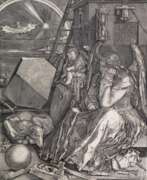

Johannes (Jan) Wierix was a Flemish engraver, draughtsman, and publisher. He was a very accomplished engraver who made prints after his own designs as well as designs by local and foreign artists.
Together with other members of the Wierix family of engravers he played an important role in spreading appreciation for Netherlandish art abroad as well as in creating art that supported the Catholic cause in the Southern Netherlands. Johannes Wierix is also known for his miniature pen drawings.


Jan Wildens was a Flemish painter, graphic artist, and draughtsman of the Baroque period, member of the Guild of St. Luke in Antwerp.
Wildens specialized in landscapes and collaborated with Rubens and other leading Flemish painters of his time.


Florent Joseph Marie Willems or Florent Willems van Edeghem was a Belgian painter and art restorer. He was successful with his genre scenes depicting a few figures in an interior executed in the style of the 17th century Flemish and Dutch Baroque. He was particularly praised for his ability to render realistically the materials of the clothes of his figures which earned him the nickname of the «modern Ter Borch».
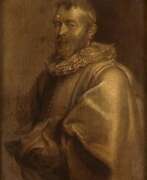

Artus Wolffort was a Flemish painter, a member of the Dordrecht and Antwerp Guilds of St. Luke, and a student of Peter Paul Rubens. His work belongs to Flemish Baroque painting. He is known mainly for his historical paintings depicting religious and mythological scenes, but he also painted genre paintings of everyday life.
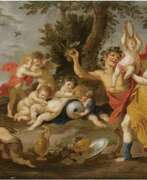

Victor Wolfvoet the Younger was a Flemish painter and art dealer, a member of the Guild of St. Luke.
It is believed that as a young man he worked in the studio of Peter Paul Rubens, where he assisted in the creation of works and painted several compositions based on the works of the great Antwerp master. In addition to painting his own pictures of historical and allegorical themes, Wolfvoet made copies of paintings by prominent painters of his time, including van Dyck and Rubens.
In addition, Wolfvoet the Younger, like his father, was active in the art trade. The inventory of his estate, compiled after his death, lists more than seven hundred works, including twenty oil sketches by Rubens.
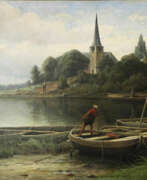

Jacques Eugène Hubert Wolters was a Dutch-Belgian painter. Received his first painting lessons at the age of 10. Left for Antwerp in 1864, pupil of Polydore Beaufaux, Joseph van Lerius and Jakob Albert Jacobs. In 1869 he undertook a one-year study trip to Germany (Moyland Castle near Kleve). He then studied for three years with the Antwerp landscape painter François Lamorinière. He then took advice from Henri Jacques Bource and, after painting landscapes for the first time, turned to seascapes. In 1894 he was naturalized as a Belgian. He took part in the exhibitions in The Hague in 1878, Rotterdam in 1879 and 1882 and Maastricht in 1890.
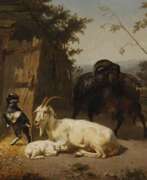

Edward / Edouard Woutermaertens was a Belgian artist who specialized in the painting of scenes with animals, with a particular preference for sheep. He worked in a realistic style and depicted his animal subjects with a lot of detail and accuracy. His works were accepted at various leading official salons. Woutermaertens worked en plein air and often explored the Belgian coast region and especially the region of Veurne as the setting for his animal subjects. The landscape in his compositions does not function as a decorative element, but is a key part of the action. He paid great attention to the lighting to create a certain mood. His animals are typically depicted in an open landscape, which was suffused with sunlight, giving the animal scenes a fresh and natural appearance. In addition to sheep, he also painted dogs.


William Wyld was a British watercolor painter.
Wyld lived most of his life in France and Belgium, where he became a successful watercolorist. He also traveled extensively throughout Europe and North Africa, and his work was greatly admired by Queen Victoria, who commissioned paintings depicting Liverpool and Manchester.


Rodolphe Paul Marie Wytsman was a Belgian Impressionist painter. He trained at the Académie Royale des Beaux-Arts in Brussels, and was one of the founding members of Les XX, a group of avant-garde Belgian artists. As a painter Wytsman gravitated toward landscapes. His early works were realistic. In the following years he developed a more pre-Impressionist style. By 1881 Wytsman lived in Brussels, where he was influenced by early Modernist Painting. In Capeinick's studio Wytsman met his wife-to be, Juliette Trullemans. It was an ideal pairing: both painted sunlit landscapes and tableaux with plants and shrubs that were very popular. The two artists' careers melded harmoniously, and the proceeds allowed them to take many trips. Besides landscapes, the Wytsmans preferred to paint bright flowers, herbs and plants, which often appear in the foreground of their paintings, usually with a vista of the surrounding countryside: ponds, marshes, flowering trees, flower beds, blooming heaths and fallow land overgrown with weeds and wildflowers. Wytsman's technique reflected a realistic pre-Impressionist style. He sought to depict the effects of intense light in their paintings. He is among the main representatives of the Luminist genre in neo-Impressionism.
